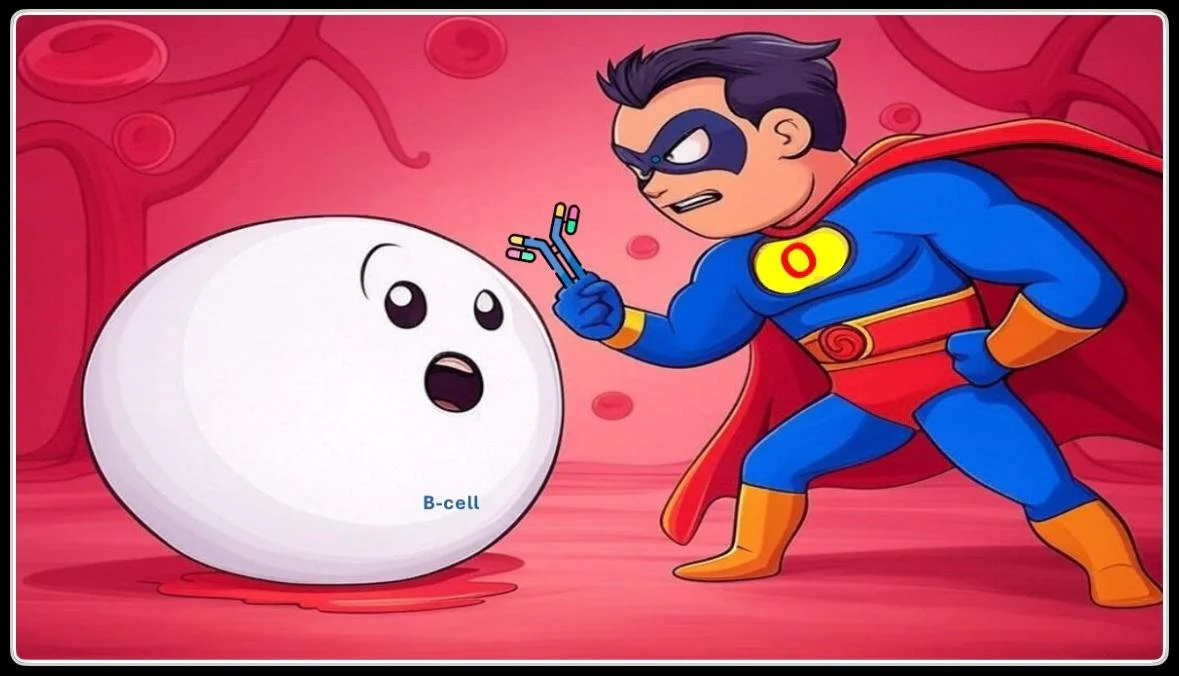This month eJC is talking about Nephrology Fellowship. The article they are using is here and was written by Jeffrey Barns, Stuart Linas and Mitchell Rosner.
As part of the discussion eJC did their first TweetChat on September 10th. It was great, with an excellent turn-out and spirited discussion. Nephrology fellow Amar Bansal lead the discussion. NephJC produced a curated transcript with Storify. Here it is:














